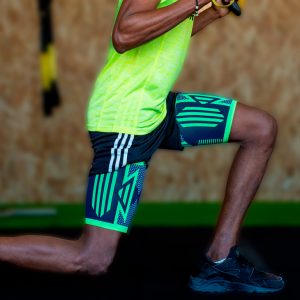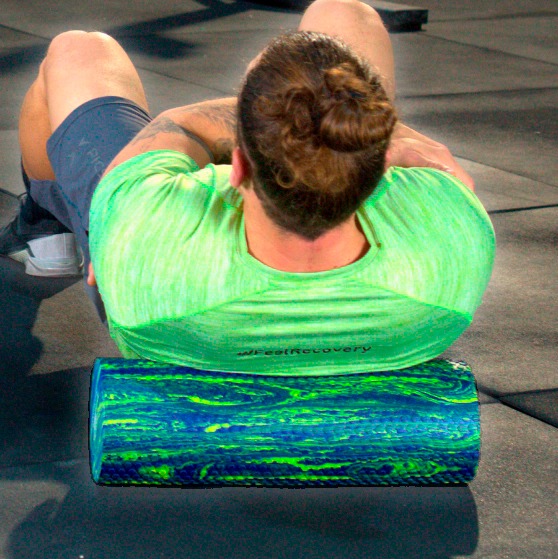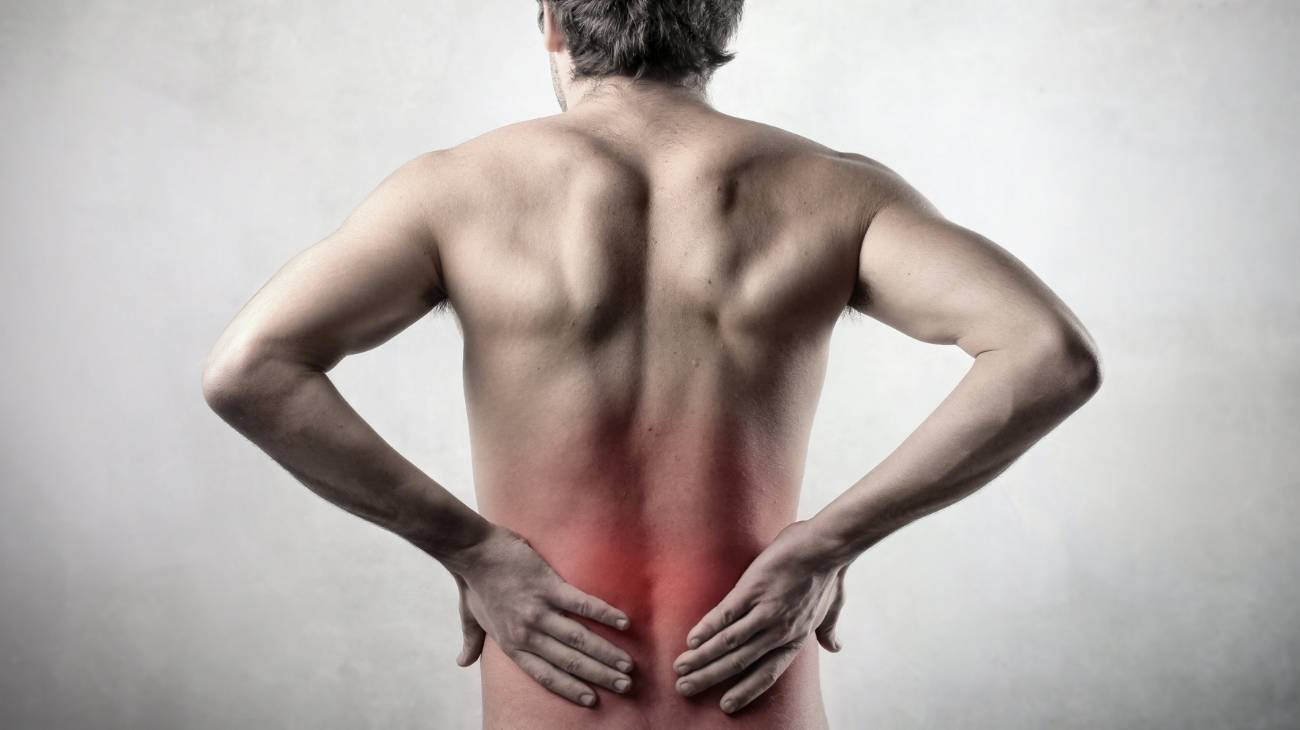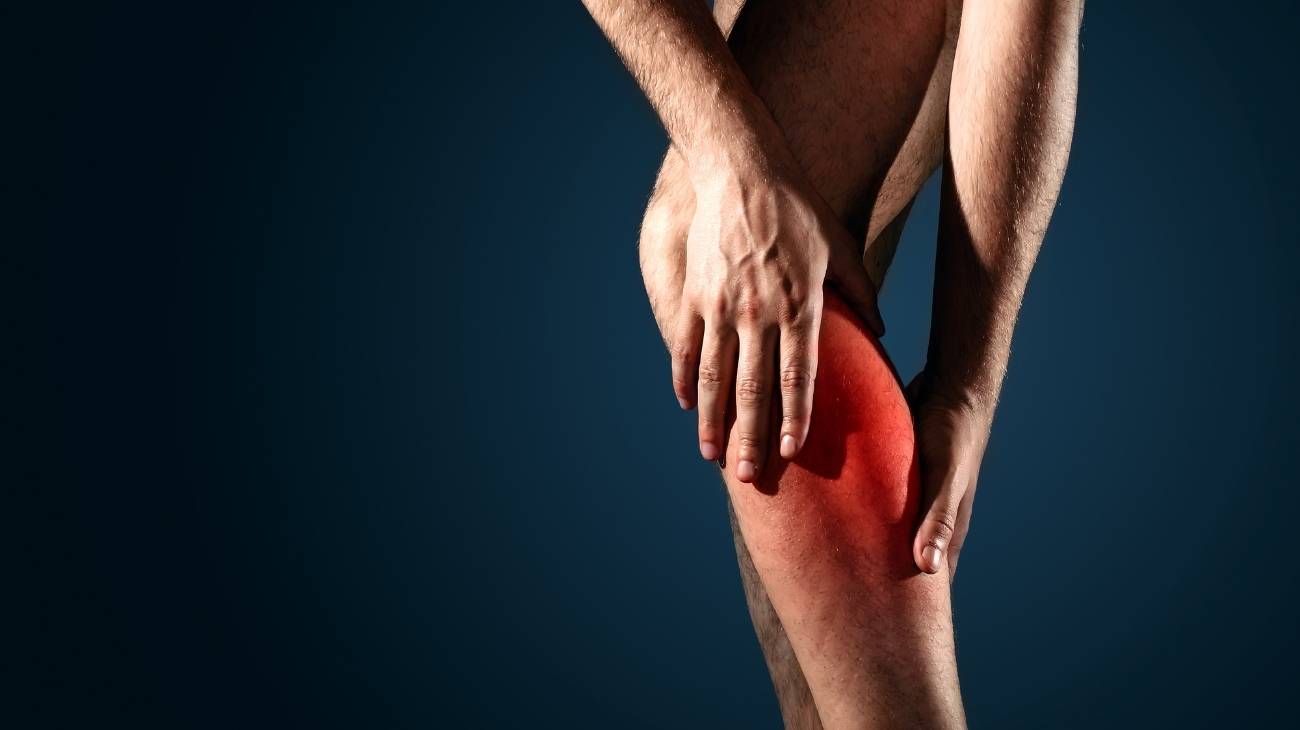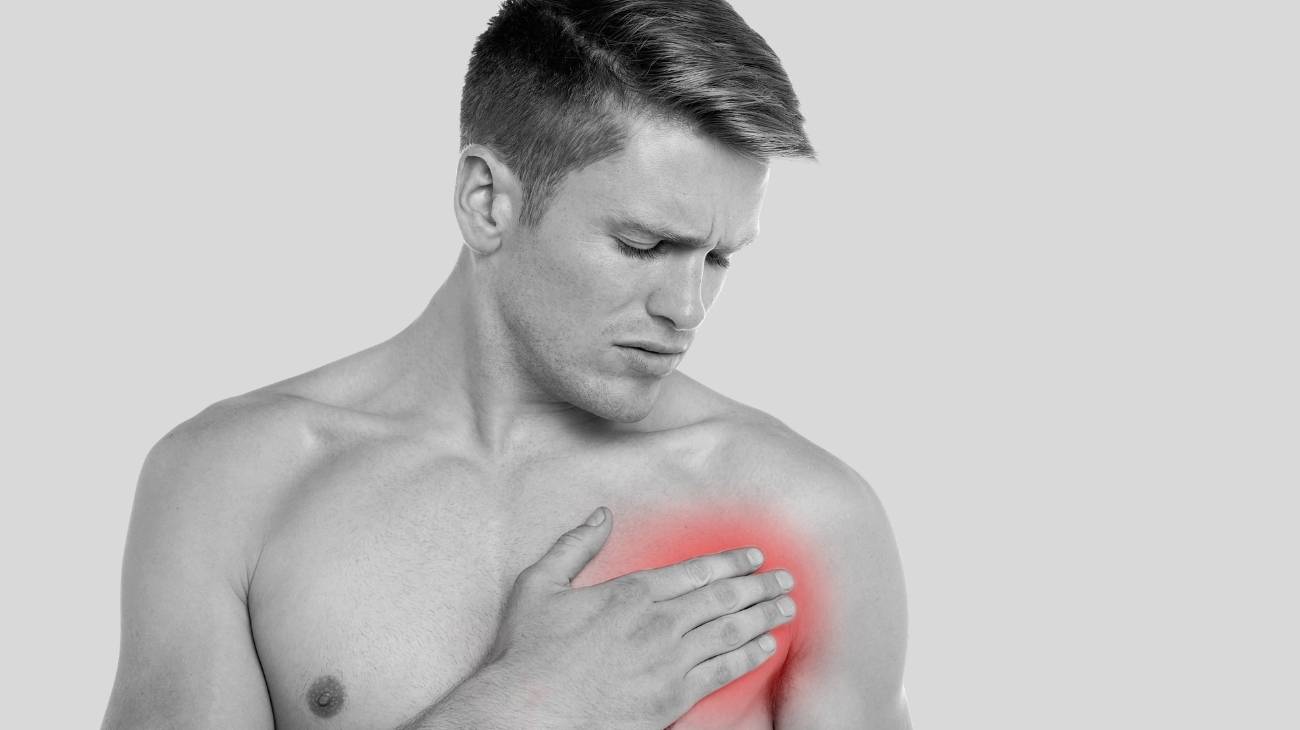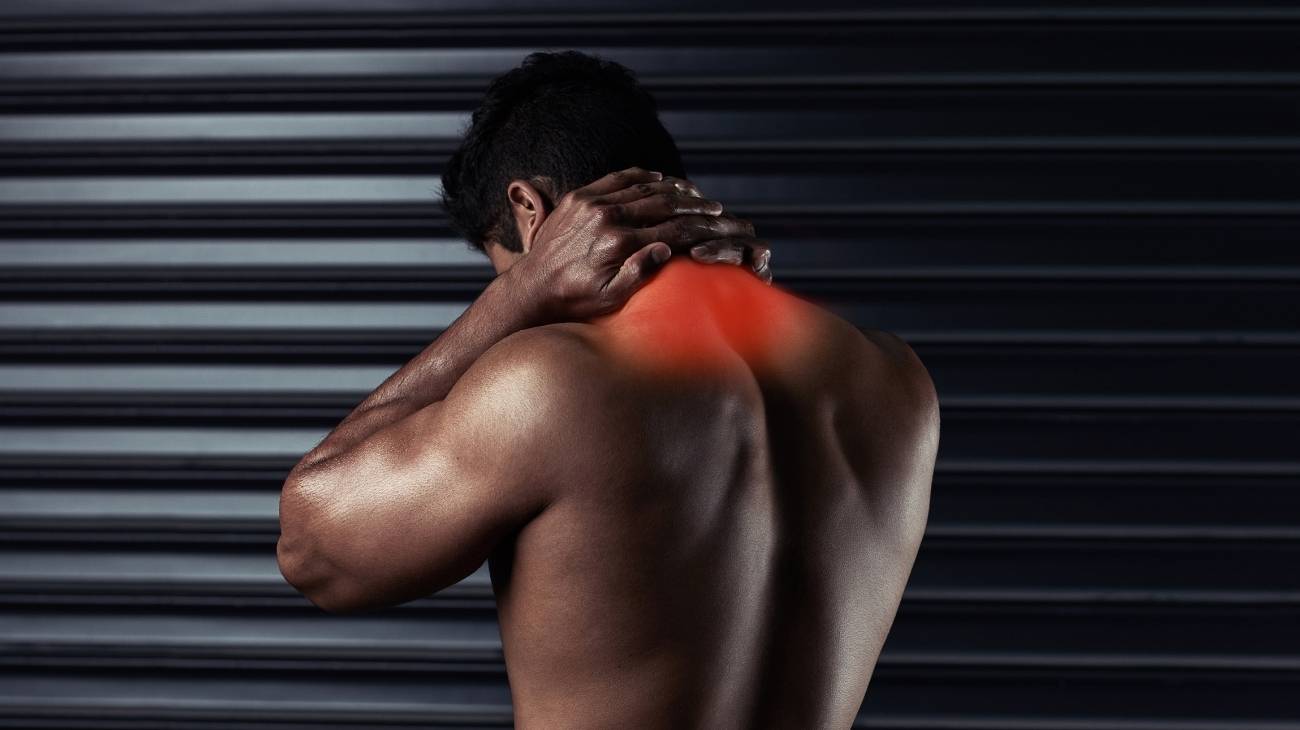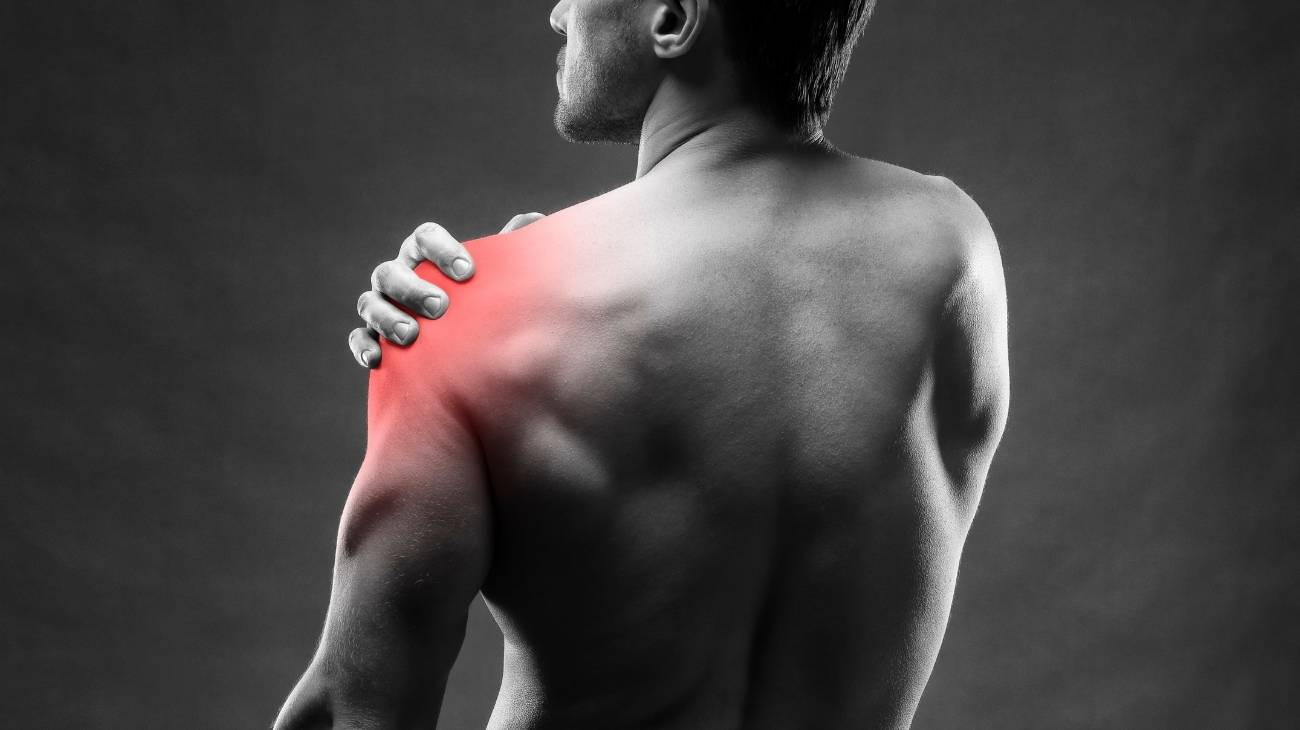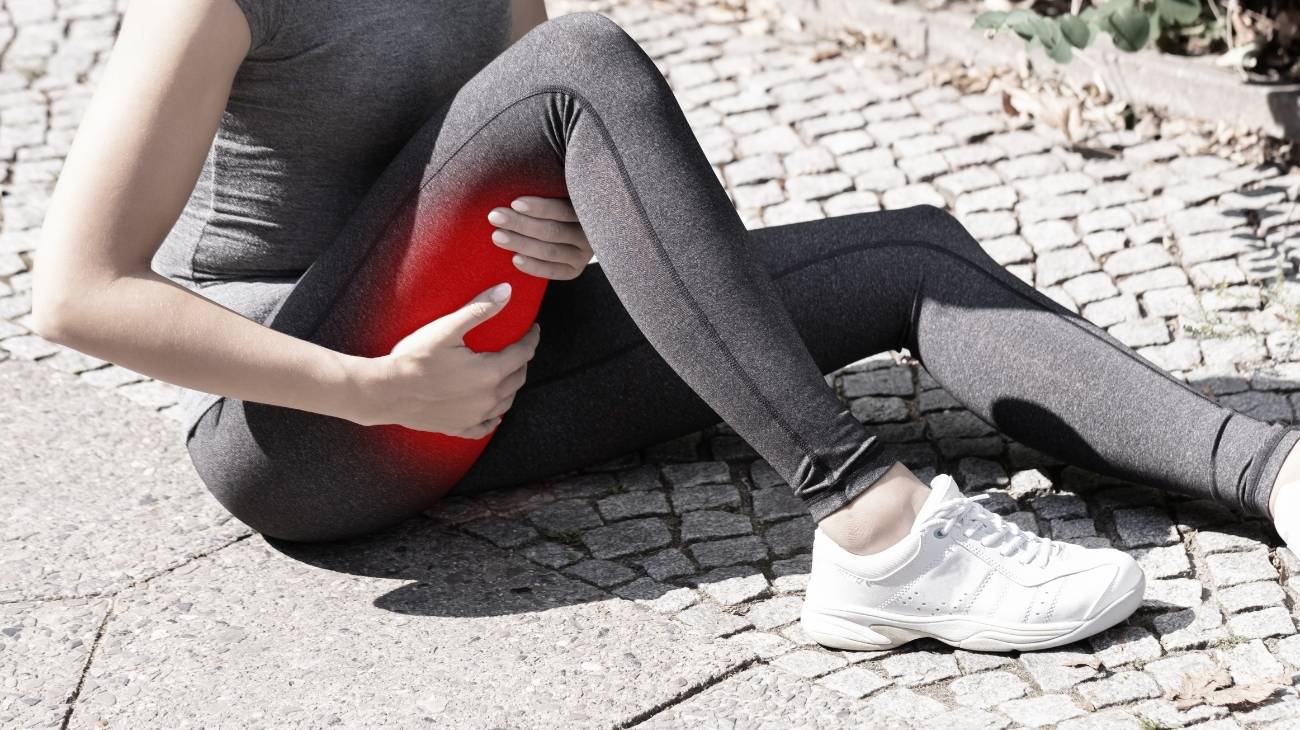Calf muscle strains are a common injury resulting from sudden overstretching or tearing of the muscle fibers, often caused by intense physical activity, improper warm-up routines, or overexertion. These injuries can lead to pain, swelling, and reduced flexibility, making it essential to adopt the right tools and therapies for effective recovery. Products designed for calf strain relief can alleviate discomfort, enhance mobility, and reduce the risk of reinjury.
Compression sleeves are among the most effective solutions for managing calf muscle strains. By applying even pressure to the affected area, they help reduce swelling, support muscle stability, and enhance blood circulation. Improved circulation delivers oxygen and nutrients essential for muscle repair, promoting faster recovery and pain relief. These sleeves are lightweight, breathable, and ideal for athletes or individuals seeking support during their daily activities.
Cold therapy is another cornerstone of calf strain recovery, especially in the acute phase of injury. Ice packs or cold wraps reduce inflammation and numb pain by constricting blood vessels. This therapy minimizes tissue damage and accelerates healing, making it an indispensable part of your recovery plan. At Feel Recovery, our cold packs are designed for easy application and maximum comfort.
As recovery progresses, heat therapy becomes essential for restoring flexibility and relieving muscle stiffness. Heat wraps and pads increase blood flow to the injured area, loosening tight muscles and preparing them for rehabilitation exercises. Heat therapy can also alleviate persistent discomfort, enhancing your overall recovery experience.
For deeper relief and muscle relaxation, consider incorporating massage tools into your routine. Foam rollers and handheld massage devices target knots and tension in the calf muscles, breaking down scar tissue and promoting circulation. Regular use of these tools can prevent chronic pain and ensure optimal muscle function.
Another advanced recovery method is the use of TENS units (Transcutaneous Electrical Nerve Stimulation). These devices deliver low-voltage electrical impulses to reduce pain and stimulate endorphin release. Portable and user-friendly, TENS units provide a non-invasive way to manage discomfort and promote healing.
Rehabilitation exercises are vital for regaining strength and preventing future calf injuries. Resistance bands are an excellent tool for gradual strengthening, allowing for controlled movements that build muscle endurance. These bands are versatile, making them suitable for various fitness levels.
Maintaining proper hydration, stretching regularly, and wearing supportive footwear are additional steps to aid in recovery and prevent future strains. Backed by a comprehensive range of recovery products, Feel Recovery equips you with the tools needed to overcome calf muscle strains effectively. Whether you’re an athlete or recovering from an everyday injury, our solutions are designed to get you back on your feet—literally.
FAQ: Frequently Asked Questions
What are the best therapies for calf muscle strains?
The best therapies for calf muscle strains include compression sleeves, cold therapy in the initial phase, and heat therapy as you progress. These methods reduce inflammation, alleviate pain, and enhance mobility.
How do I choose the right compression sleeve?
Choose a compression sleeve based on your calf circumference and activity level. Ensure it provides a snug yet comfortable fit to optimize blood flow and support without restricting movement.
Are these products safe for sensitive skin?
Yes, our products are made from hypoallergenic and skin-friendly materials. If you have specific allergies, consult the product description or reach out to our support team for guidance.
How often should I use heat or cold therapy?
Cold therapy is recommended in the first 48 hours post-injury, applied for 15-20 minutes every few hours. Heat therapy can be used later to reduce stiffness and improve flexibility.
Can I use these products during physical activities?
Yes, compression sleeves and TENS units are designed for mobility. Ensure proper use and avoid overexerting the injured area during recovery.



